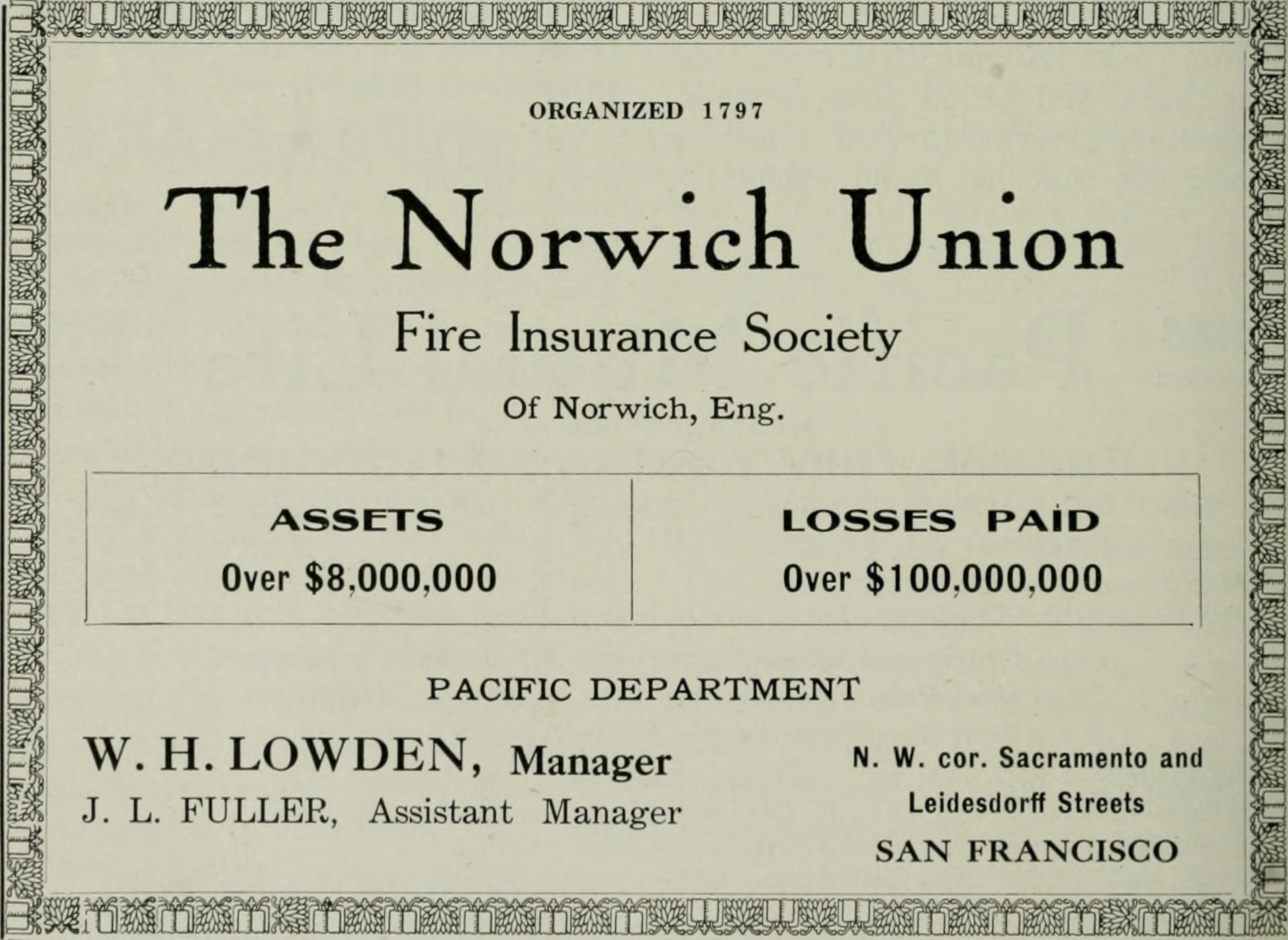Property & Casualty Agent 101
- Introduction to Property and Casualty (P&C) Insurance
- General Liability Insurance
- Workers Compensation Insurance
- Stock Throughput Policies
- Product Recall Coverages
- Inland Marine Insurance
- Cyber Insurance
- Directors and Officers (D&O) Insurance
- Other Insurance Policies
- Other Insurance Policies
- Other Insurance Policies
- Other Insurance Policies
- Wrap Up and Preparation for Licensing Exam
Other Insurance Policies
Introduction to Various Other Insurance Policies

Equitable transfer of the risk of a loss, from one entity to another in exchange for payment.
In the world of insurance, there are a multitude of policies designed to protect businesses from a variety of risks. While we have already covered some of the major types of insurance policies in previous modules, there are several other policies that are also important for consumer goods companies. This unit will provide an introduction to these various other insurance policies, discuss why they are necessary, and provide an overview of their structure.
Overview of Other Insurance Policies
There are several types of insurance policies that are designed to protect businesses from specific risks. Some of these include:
-
Commercial Auto Insurance: This type of insurance provides coverage for vehicles owned and used by the business. It can cover damages resulting from accidents, theft, vandalism, and other perils.
-
Business Interruption Insurance: This policy covers the loss of income that a business suffers after a disaster. The income loss covered may be due to disaster-related closing of the business facility or due to the rebuilding process after a disaster.
-
Professional Liability Insurance: Also known as errors and omissions (E&O) insurance, this policy protects businesses against claims of negligence, misrepresentation, violation of good faith, and inaccurate advice.
-
Employment Practices Liability Insurance (EPLI): This policy provides coverage against claims by workers that their legal rights as employees of the company have been violated.
Understanding the Need
Each of these policies serves a specific purpose and provides protection against certain risks. For example, commercial auto insurance is necessary for businesses that own and use vehicles for business purposes. Without this coverage, businesses could face significant financial losses in the event of an accident or theft.
Similarly, business interruption insurance is crucial for businesses that could suffer significant losses if they were forced to close temporarily due to a disaster. Professional liability insurance and EPLI protect businesses against claims of negligence and employee rights violations, respectively.
Policy Structure
Insurance policies typically consist of several key parts:
-
Declaration Page: This is the first page of the policy and includes basic information such as the name of the insured, the policy period, the amount of coverage, and the premium.
-
Insuring Agreement: This section outlines what the insurer promises to do, such as paying for losses in the event of a covered peril.
-
Exclusions: This section details what is not covered by the policy.
-
Conditions: These are the rules of the policy that the insured must follow in order to have a claim paid.
-
Endorsements: These are amendments to the original policy that modify the policy's terms or coverage.
Understanding these various other insurance policies and their structures is crucial for any insurance agent. In the next unit, we will delve deeper into the types of coverage provided by these policies and the risks associated with not having them.